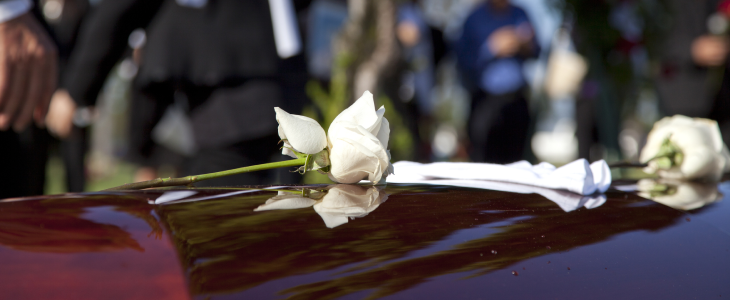Losing a loved one due to someone else’s negligence is a devastating experience, and pursuing justice in the form of a wrongful death claim can be complex. In North Dakota, families facing such tragedies should be aware of the damages available to them in wrongful death cases. Here, we will explore the types of damages that may be sought and the importance of seeking legal guidance in these challenging times.
Understanding Damages in a Wrongful Death Case
There are two main types of damages that are available in wrongful death cases. These are economic and non-economic damages. Economic damages in wrongful death cases encompass tangible financial losses suffered by the deceased’s family. This may include medical expenses incurred before the loved one’s passing, funeral and burial costs and any lost income that the deceased would have contributed to the household. Alternatively, non-economic damages are intended to compensate for intangible losses, such as the emotional pain, suffering, and mental anguish experienced by the surviving family members. These damages recognize the profound emotional impact of losing a loved one and aim to provide some measure of solace.
Within (and in addition) these two broader categories of damages, there are more specific damage types, including:
- Loss of Consortium: Loss of consortium refers to the loss of companionship, guidance, and support that the deceased provided to their family. Spouses, children, and other close relatives may be eligible to seek damages for the void left in their lives due to the untimely death of their loved one.
- Punitive Damages: In certain cases involving extreme negligence or intentional misconduct, punitive damages may be awarded. These damages are intended to punish the responsible party and deter similar behavior in the future. While not always available, punitive damages can be sought to hold wrongdoers accountable for their actions.
- Pre-Death Pain and Suffering: If the deceased experienced pain and suffering before their passing, surviving family members may be able to seek compensation for these damages. This includes physical and emotional distress endured by the loved one before succumbing to their injuries.
- Loss of Services: The economic value of the services, assistance, and support that the deceased provided to their family can be considered in wrongful death claims. This may include tasks like childcare, housekeeping, and other contributions that the deceased made to the household.
- Statutory Damages: North Dakota law outlines specific damages that may be available in wrongful death cases. These statutory damages provide a framework for assessing compensation and may include reasonable medical and funeral expenses, loss of income, and loss of support.
- Survivorship damages: In addition to damages for the family’s losses, survivorship damages address the pain and suffering endured by the deceased before their death. This legal concept allows the estate to seek compensation for the personal injuries suffered by the deceased due to the wrongful act.
Contact Our North Dakota Wrongful Death Attorneys
While no amount of compensation can fully alleviate the pain of losing a loved one, pursuing damages in a wrongful death case can provide financial support and a sense of justice for surviving family members. If you find yourself facing the aftermath of a wrongful death in North Dakota, let the experienced personal injury team at Pringle & Herigstad help. Contact us today.
